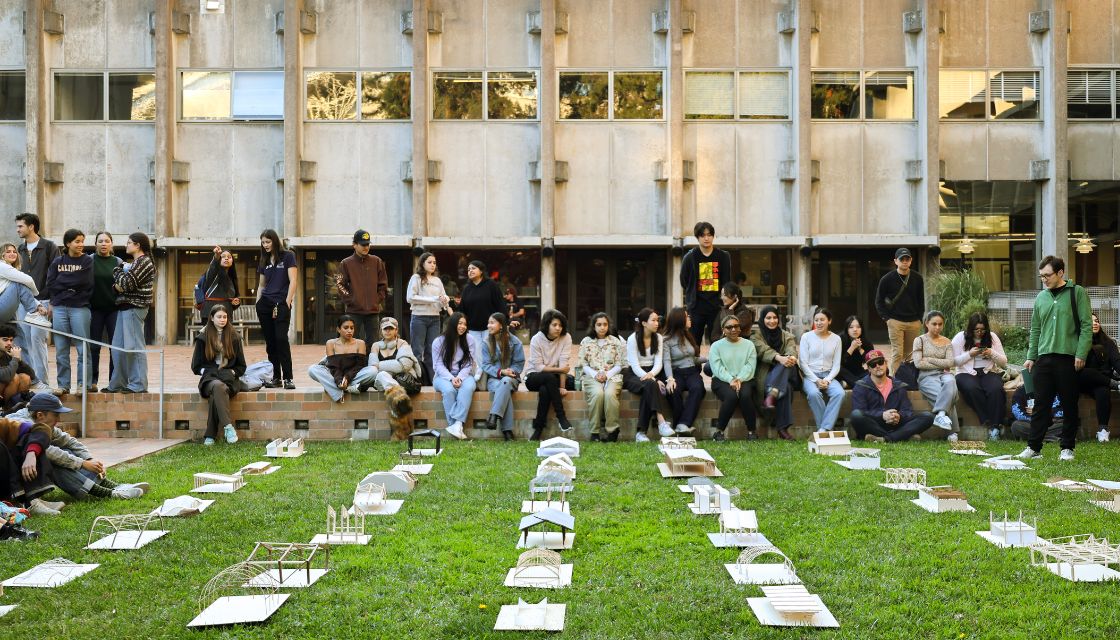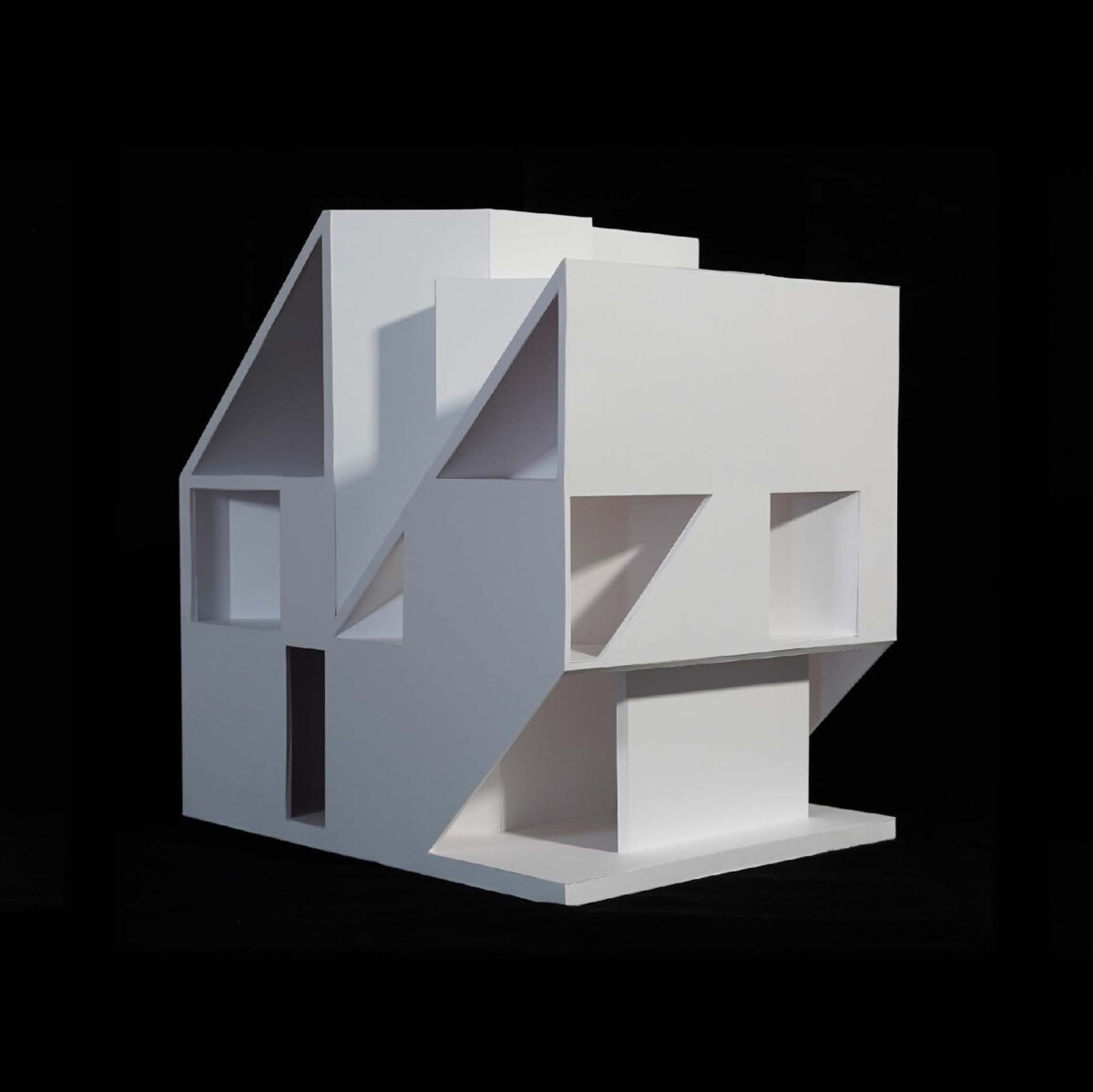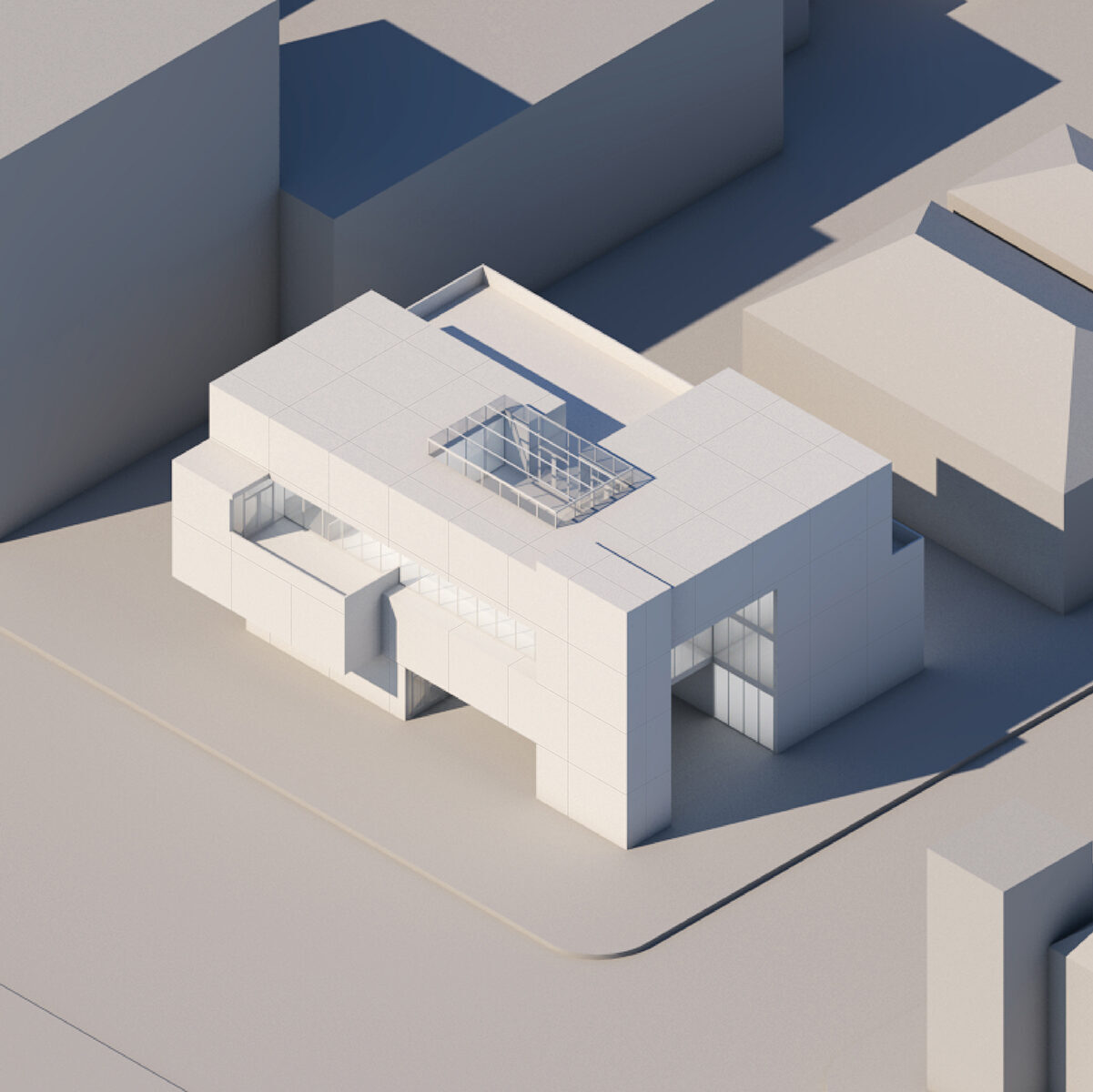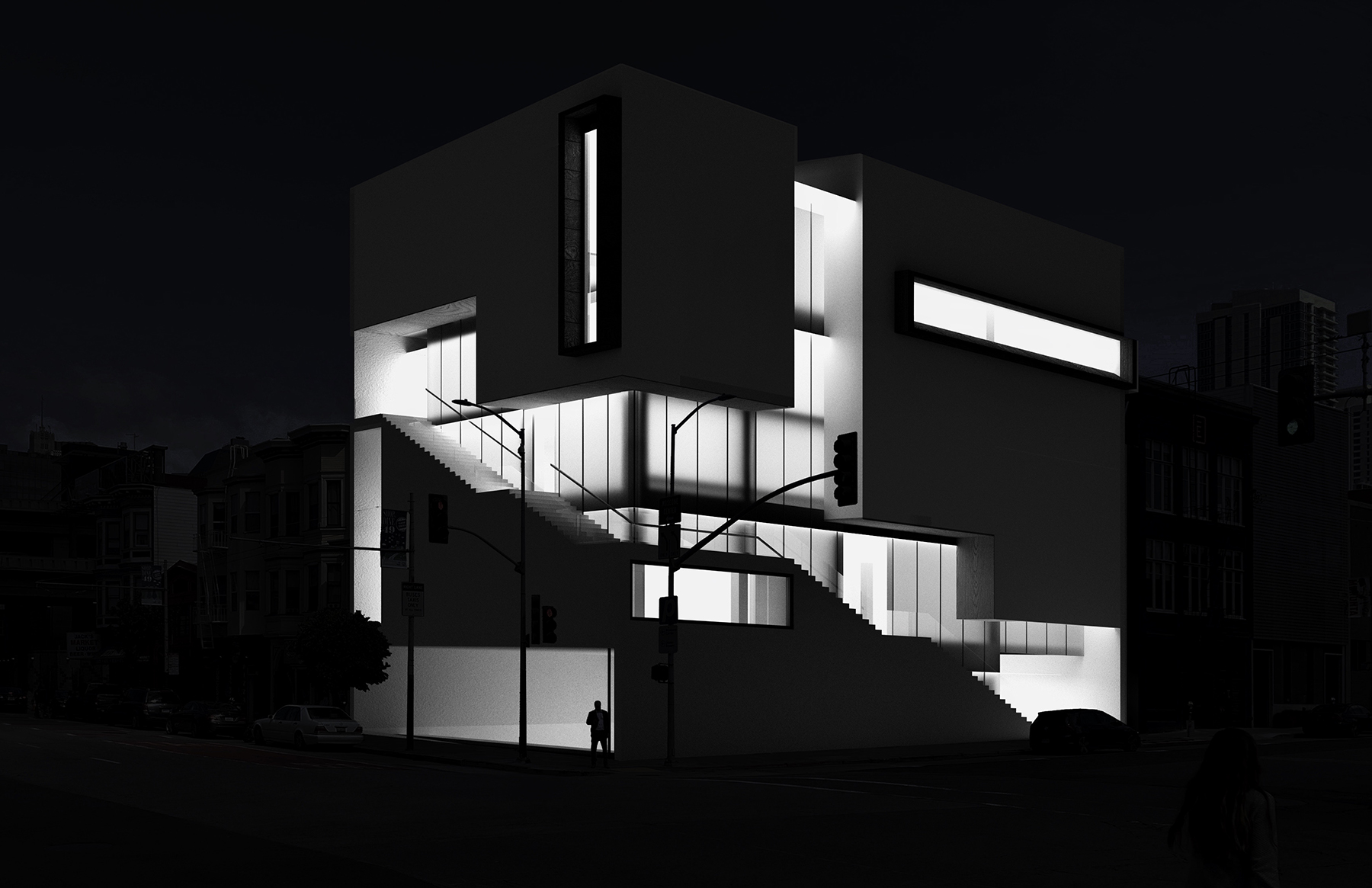Bachelor of Arts in Architecture
As an architecture major at UC Berkeley — the top-ranked public university in the nation for architecture and the built environment — you’ll experience both the breadth of a liberal arts education and the depth of a rigorous pre-professional design program. You’ll graduate with a bachelor of arts degree that prepares you to enter the architecture profession or continue on to graduate study.

About the Program
As an undergraduate in the College of Environmental Design, you’ll be part of a creative and intellectual community dedicated to understanding and redesigning the world around us to improve lives. It is one of four undergraduate majors in the college, which are all deeply rooted in exploring and solving issues of social equity and climate resilience.
Berkeley’s bachelor of arts in architecture offers you a strong liberal arts foundation in environmental design, with classes in architectural design, architectural representation, construction technologies, and architectural history and theory. This rigorous, hands-on, studio-based program immerses you in methods of design, histories of places and peoples, environmentally sustainable design practices, and cutting-edge materials and technologies. You’ll visit project sites, render your designs using the latest software, build models in the Fabrication Shop, discuss your work and ideas with local design professionals, and learn how transforming the built environment can be a catalyst for social change and environmental good.
You’ll graduate with a BA in architecture, equipped with pre-professional competency for entry-level employment in architecture or graduate work in architecture or a related environmental design field.
WHY BERKELEY

The Department of Architecture offers you a rich intellectual community rooted in the dynamic contexts of UC Berkeley, the Bay Area, and California. As a student at the nation’s top public research university, you’ll be part of a diverse community of changemakers known worldwide for innovation and academic excellence. Our passion for critical inquiry, debate, and creative experimentation is informed by a deep commitment to social equity and climate solutions.
California, the birthplace of the environmental movement and social justice advocacy, is at leading edge of making our cities more just and climate resilient. The state’s diverse population, 40 million strong, and its rich and varied conditions make it the ideal laboratory for our discipline. The Bay Area led the movement to reshape architecture through a humanistic lens and today it’s home to some of the profession’s most innovative designers.
About the College of Environmental Design

The Department of Architecture, established at UC Berkeley in 1903, was one of the founding departments of the College of Environmental Design. When the college was created in 1959, it was the first in the nation to unite the disciplines of architecture, planning, and landscape architecture, leading the way toward an integrated approach to analyzing, understanding, and designing our built environment.
The college emphasizes environmental design as a profoundly ethical practice, inseparable from social, political, economic, and cultural contexts. We’re committed to building an inclusive environment for our faculty, students and staff that respects and reflects the communities in which we live and work.
Course of Study

In your first year, you’ll take a range of lower-division courses across the university, as well as the introductory environmental design courses (Environmental Design I and Environmental Design 5) alongside students in other majors within the college. In the second year, you’ll enroll in introductory architectural design studios in the Department of Architecture. The third year is architecture-intensive: in the fall semester, you’ll take a design studio and a history and humanities option and in the spring another studio, a course in history, and a technology course. In all, you will take six design studios, where you can build a portfolio for graduate school or an entry-level position in an architecture firm.
- Sample Course of Study
Year One
- Environmental Design 1: People and Environmental Design
- Environmental Design 5: Designing Cities and Landscapes for Equity and Ecology
- Reading and Composition A & B
- Seven-course breadth requirements
Year Two
- Architecture 11A: Introduction to Visual Representation and Drawing (studio course)
- Architecture 11B: Introduction to Design (studio course)
- Math 16A: Analytic Geometry & Calculus OR Math 1A: Calculus
- Physics 8A: Introductory Physics OR Physics 7A: Physics for Scientists and Engineers
- Architecture 98BC: Berkeley Connect in Architecture (recommended)
- Seven-course breadth requirements
Year Three
- Architecture 100A and 100B: Fundamentals of Architectural Design (studio courses)
- Architecture 170A and 170B: Historical Survey of Architecture and Urbanism
- Architecture 130: Introduction to Design Theories and Criticism
- Architecture 140: Energy and Environment OR Architecture 160: Introduction to Construction
- Electives
Year Four (Studio track)
- Architecture 100C and 100D: Architecture Design (studio courses)
- Architecture 150: Introduction to Structures
- Architecture 140: Energy and Environment OR Architecture 160: Introduction to Construction
- 3 Upper division CED courses outside the major
- Electives
Year Four (Research track) [As available]
- Architecture 102A and 102B: Capstone Project Preparation Seminar and Capstone Project
- 3 Capstone electives
- 3 Upper division CED courses outside the major
Mission
Our mission builds upon the department’s 100-year legacy as an incubator of architectural activism and innovative creative practice. We seek to educate future leaders who focus on positive transformation of the built environment through research, design excellence, and engaged practice.

“Berkeley’s BA in architecture transformed the way I see the built environment and gave me the strong design foundation I needed to pursue professional practice and an MArch degree.”

Careers
Berkeley’s undergraduate architecture program prepares you to take on a range of roles amid changing career and technological landscapes. Undergraduate studies in architecture provide you with pre-professional competency for entry-level positions in architecture firms and also prepare you for graduate work in architecture or a related environmental design field.
Berkeley’s undergraduate program leads to a bachelor of arts degree — it is not a professional degree. Our master of architecture degree is accredited by the National Architectural Accrediting Board (NAAB). For information about becoming a licensed architect in California, see the California Architects Board of the Department of Consumer Affairs, the American Institute of Architects, and the National Council of Architectural Registration Boards websites.
Pursuing a Master of Architecture Degree
We encourage graduates of our BA program who wish to pursue a career as an architect to apply to our accredited master’s program to complete their professional training. In the 1960s, UC Berkeley pioneered the “4 + 2” model of architectural education, where a four-year well-rounded liberal arts degree could be capped by two years of graduate study to lead to the master of architecture, the professional degree for practice and licensure. Graduates of Berkeley’s bachelor’s program successfully continue on to the top MArch programs in the country — including Berkeley’s own — with advanced standing.
How to Apply
Applications to the College of Environmental Design are made through UC Berkeley’s Office of Undergraduate Admissions. Applications are available beginning August 1 and may be submitted beginning October 1. The final deadline to submit your application is November 30. Other important deadlines are available here. A portfolio is not required for admission to CED.
CED Ambassadors

CED’s admissions ambassadors are happy to help you learn more via:
- Virtual Presentations
- One-on-one conversations
- Webinars, phone calls, email exchanges
- Student panel discussions about the student experience at CED











